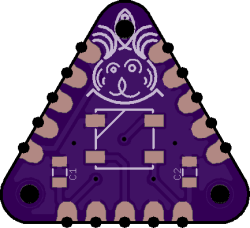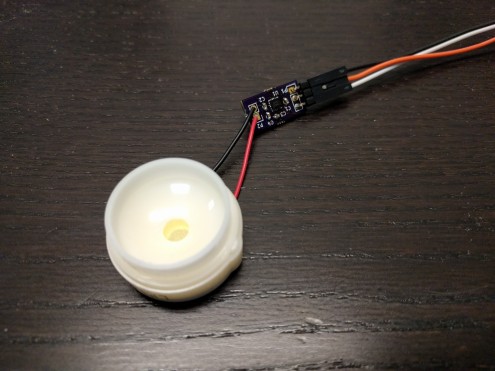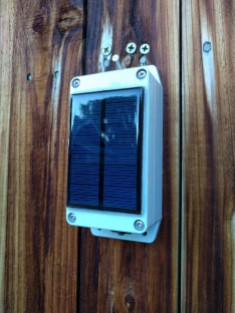chmod775 on Hackaday.io designed this simple 3D Printed USB Connector compatible with PCBs from OSH Park:
3D Printed USB Connector
I’ve made this 3D USB Connector because I want to remove the chunky and complex standard metal USB Connector from my new upcoming project.
The design it’s made to be simple and with the height reference from the OSHP ark PCB’s.

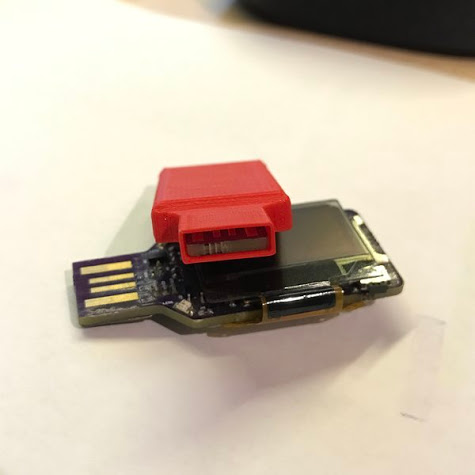


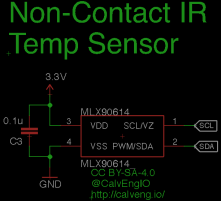







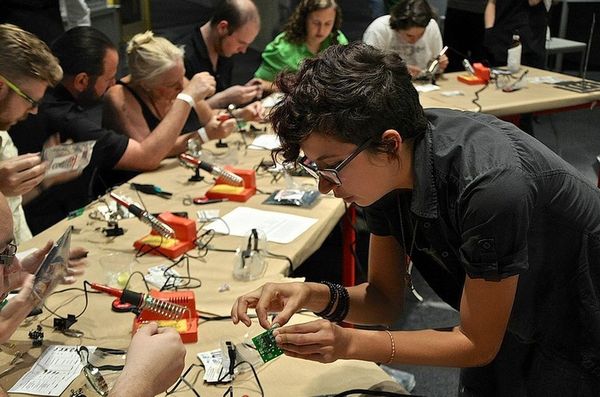






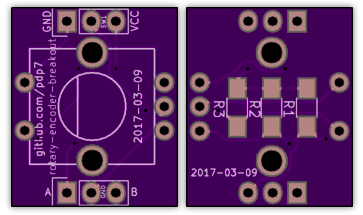



 rotary-encoder-test.ino
rotary-encoder-test.ino


